PedroMarques
Newbie level 4
I'm using the function regionprops to detect the number of trees on a image taked by drone.
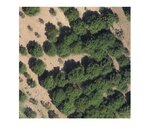
First I removed the ground using Blue NDVI:
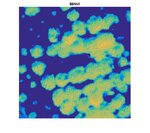
Image with threshold:
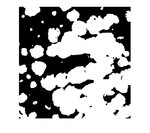
Then I used the function regionprops to detect the number of trees on image:
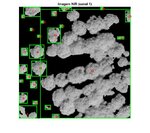
But there are a problem on region 15, because all trees on that region are connected and it detects as one tree. I tried to separate the trees on that region using Watershed Segmentation, but its not working:
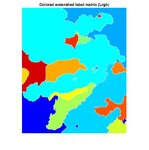
Am I doing this the wrong way? Is there a better method to separate the trees?
If anyone can help me with this problem I will appreciate. Here is the region 15 without the ground:
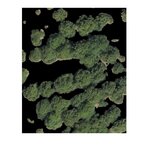
If it helps, here is the Gradient Magnitude image:
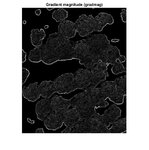

First I removed the ground using Blue NDVI:

Image with threshold:

Then I used the function regionprops to detect the number of trees on image:

But there are a problem on region 15, because all trees on that region are connected and it detects as one tree. I tried to separate the trees on that region using Watershed Segmentation, but its not working:

Am I doing this the wrong way? Is there a better method to separate the trees?
If anyone can help me with this problem I will appreciate. Here is the region 15 without the ground:

If it helps, here is the Gradient Magnitude image:

